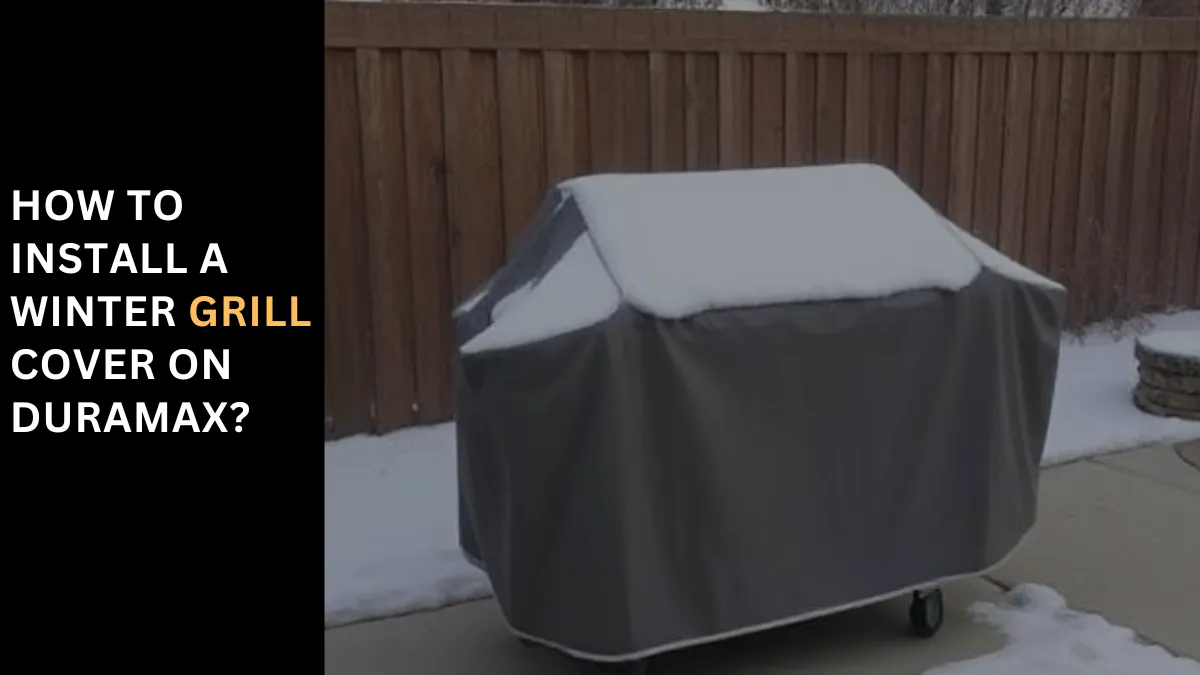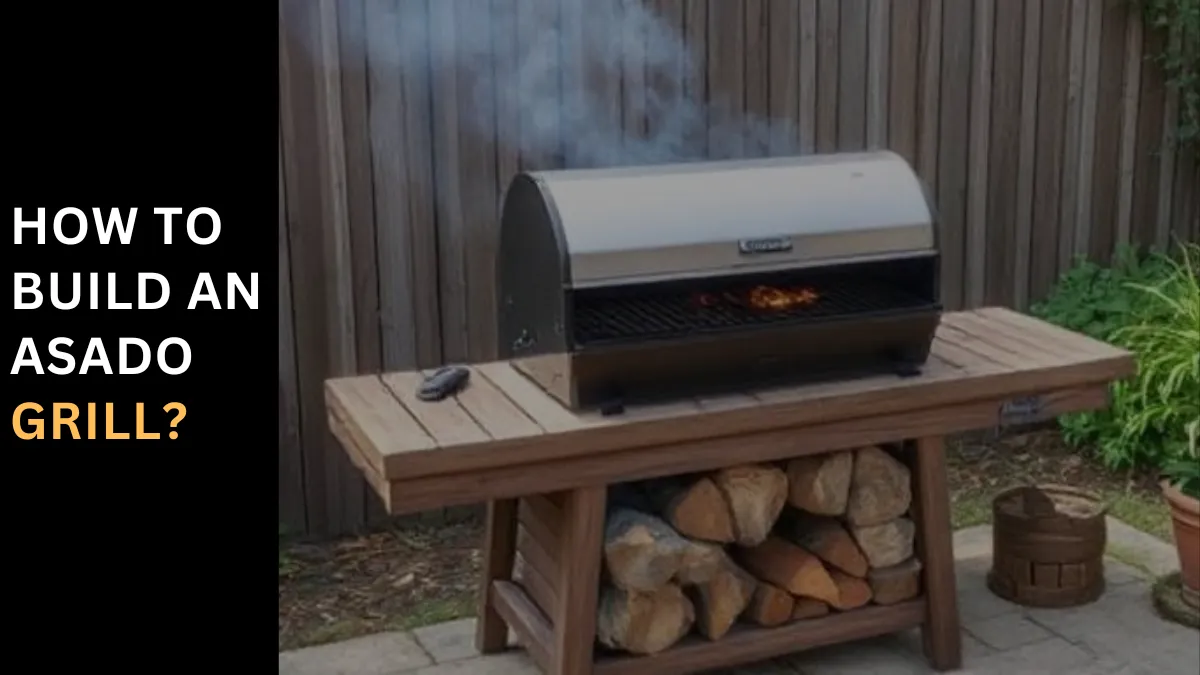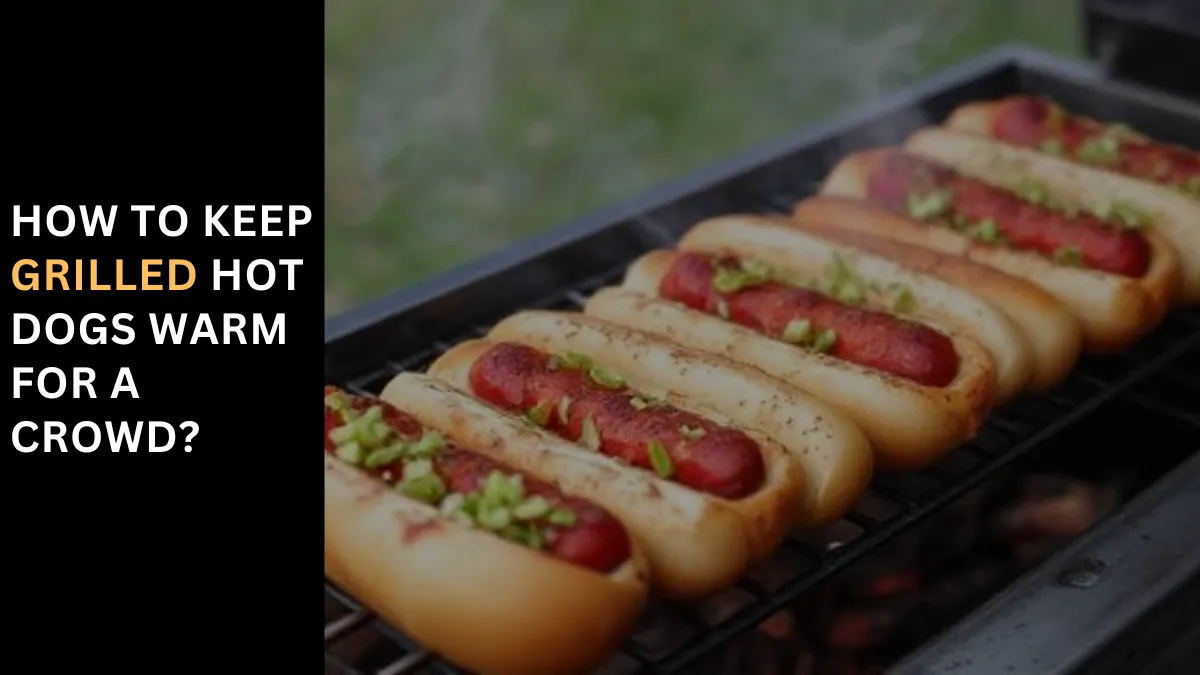Grilling is a great way to cook delicious meals, but if you’ve ever dealt with flare-ups or uneven cooking, you know how frustrating it can be.
That’s where a heat shield comes into play. A DIY heat shield can save you money, prolong the life of your grill, and help you achieve better cooking results.
What is a Heat Shield for a Grill?

A heat shield, also known as a heat deflector or heat plate, is a barrier that sits between the flame and your food. Its primary function is to distribute heat more evenly and prevent flare-ups caused by grease dripping onto the flames.
Heat shields are commonly found in gas grills but can be beneficial for any type of grill.
Why You Need a Heat Shield for Your Grill?
Adding a heat shield to your grill offers numerous advantages. For one, it protects the grill’s internal components from excessive heat, prolonging the life of your equipment.
It also creates a more even cooking surface by distributing heat across the grill, which helps avoid hotspots that can burn your food. Lastly, heat shields reduce flare-ups, which is especially important when cooking fatty meats.
Materials Needed to Make a Heat Shield
Before getting started, you’ll need to gather the right materials. Here are a few options depending on your preference and grill type:
- Aluminum foil (quick, affordable solution)
- Stainless steel sheets (durable and long-lasting)
- Fireproof bricks (for a heavier, more permanent solution)
- Tools: Scissors or tin snips, measuring tape, protective gloves, and a drill (for more advanced shields)
Step-by-Step Guide: How to Make a Heat Shield for a Grill

1. Measure Your Grill
First, measure the surface area where you want to place the heat shield. You want it to cover the entire cooking surface for maximum effectiveness. Make sure to leave space for proper air circulation.
2. Cut Your Materials
Using your measurements, cut your selected material (aluminum, stainless steel, or bricks) to fit. If using stainless steel, you may need tin snips for cutting, and bricks should be arranged to cover the bottom of the grill.
3. Assemble the Heat Shield
If you’re using sheets of material, you may need to fasten them together. For stainless steel, you can use screws to hold the pieces in place. With aluminum foil, simply fold it over multiple times to create layers.
DIY Aluminum Foil Heat Shield

Aluminum foil is one of the easiest materials to work with for a heat shield. Although it’s not as durable as stainless steel or brick, it’s an effective and affordable solution.
- Cut a large sheet of heavy-duty aluminum foil that will cover the grill surface.
- Fold the foil into layers to create a thicker shield.
- Place it under the grates or between the burners and grates in a gas grill.
DIY Stainless Steel Heat Shield
Stainless steel is the most durable option and is often used in professional-grade grills. Here’s how to make one:
- Measure and cut the stainless steel sheets to fit your grill.
- Drill holes for air circulation, if necessary.
- Install the sheet by placing it under the cooking grates.
DIY Fireproof Brick Heat Shield
Fireproof bricks are great for grills that handle a lot of heat, like charcoal or wood-fired grills.
- Arrange the bricks on the bottom of the grill to form a solid layer.
- Leave gaps between the bricks for airflow.
- Secure the bricks if necessary to prevent movement during grilling.
Maintaining Your Grill Heat Shield
To keep your heat shield functioning properly, clean it after every use. Stainless steel shields may develop rust, which can be scrubbed off with a grill brush. Replace aluminum foil shields after a few uses, and check brick shields for cracks regularly.
Safety Tips While Making a Heat Shield
Always wear protective gloves when cutting or handling metal materials. Use the appropriate tools, and never attempt to create a heat shield while the grill is hot.
How a Heat Shield Improves Grilling Performance?
A well-made heat shield improves your grilling performance by reducing flare-ups, distributing heat evenly, and giving you better control over cooking temperatures.
Cost Comparison: DIY Heat Shield vs. Store-Bought Options
Creating a DIY heat shield can cost anywhere from $5 to $30 depending on the materials. Store-bought heat shields, on the other hand, can range from $30 to $100. By making your own, you can save a significant amount of money.
Additional Tips for Better Grilling Experience
- Experiment with different materials to find what works best for your grill.
- Consider adding a second layer of protection, like lava rocks, under your heat shield for added heat distribution.
Common Mistakes to Avoid When Making a Heat Shield
- Incorrect Measurements: Always double-check your measurements to ensure a proper fit.
- Using the Wrong Materials: Make sure to use heat-resistant materials like stainless steel or fireproof bricks.
Conclusion
Making your own heat shield for a grill is a simple project that can significantly improve your grilling experience. Not only will it provide more even cooking, but it will also help protect your grill and reduce flare-ups.
FAQs
Can I use any type of metal for my heat shield?
No, it’s important to use heat-resistant metals like stainless steel or aluminum. Other metals may warp or rust.
How thick should my heat shield be?
The thickness depends on the material. For stainless steel, 1/8-inch thickness works well, while aluminum foil can be layered for strength.
Will a heat shield make my grill cook slower?
Not necessarily. A heat shield helps distribute heat evenly, which may actually improve cooking efficiency.
Can I buy a pre-made heat shield for my grill?
Yes, there are plenty of pre-made options available, but making your own can save money and allow customization.
How do I know when my heat shield needs replacing?
If your heat shield starts to warp, rust, or crack, it’s time to replace it.



